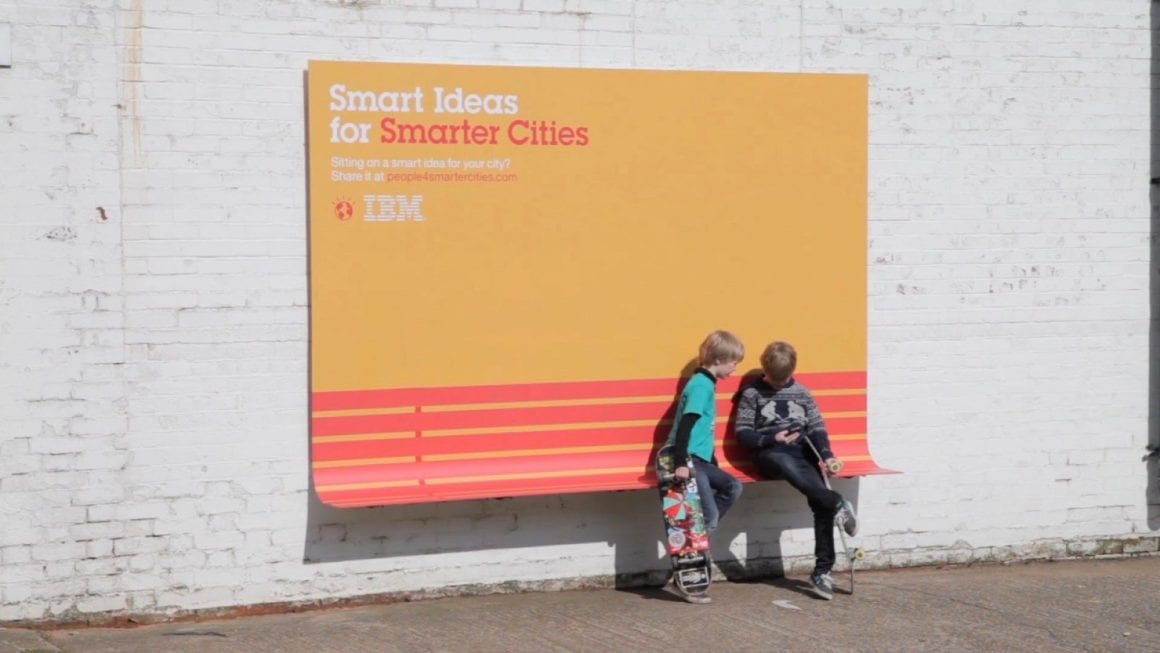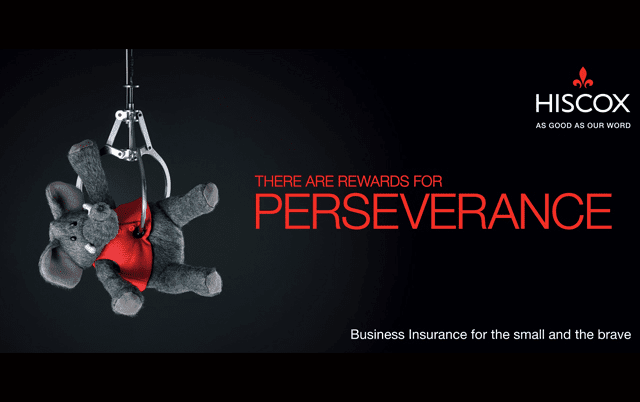No more Big Bang: Why B2B brands are taking a new approach to launching ‘big idea’ campaigns

How more and more B2B brands are embracing new, less conventional approaches to make their mark.
Do you recognise the following checklist?
1. Press release
2. Internal desk drop leaflet and PC ‘wobblers’
3. Overly-complicated sales decks and message houses
4. Homepage banner updates on corporate sites from Azerbaijan to Zimbabwe
5. Global audience survey and 200 page report PDF (v87) shared online
6. Through-the-line ad campaign launching straight after the school holidays
7. Billboards strategically placed on your CEO’s commute into work
Once this was the standard for any business brand campaign launch.
But international brands are doing things differently now.
Out have gone large, time-consuming and costly advertising launches.
And in are agile, smarter approaches, with more substance.
Why? For two key reasons:
1. Because B2B buyers are more savvy – and cynical – these days.
The days of interruption are long gone. They do their own research online and want to interact and engage with brands on their own terms. So brands need to earn permission with their audience first.
2. Because speed to market is now more essential than ever.
With the influx of lean start-ups and disruptive businesses, established brands realise that they need to do things a little differently. And find ways to cut through their complex structures and approval processes.
The answer in many cases is to kick things off with content programmes – some call it ‘storytelling’ or ‘inbound’ or ‘earned media’ – to help build this story.
A big idea doesn’t need a blockbuster budget to make an impact. It just needs some smart thinking.
A smarter approach from IBM
A perfect example is IBM’s Smarter Planet campaign.
Cast your mind back to 2008.
Beijing hosted the Olympics, Apple successfully launched the first 3G phone and the world’s financial markets were in pieces.
IBM took the bold approach of building their story through a thought leadership stance and having a point of view.
It started with a speech from the CEO to the Council of Foreign Relations and the content soon gained traction before they built on it with more traditional advertising. Culminating in one of the most successful B2B campaigns in history.
Since then they have launched Watson and are continuing to disrupt and educate through brilliant content.
Hiscox did something similar in the UK
Specialist insurance broker and one of our favourite business brands here at Earnest, Hiscox, are also doing things differently and reaping the rewards.
Prior to launching their big idea campaign ‘The Small and the Brave’, they set up Hiscox Informed – a content hub aimed at providing expert advice to small businesses.
Underpinned by a key proposition based around risk-taking, a clearly defined content strategy with opinionated pieces, enabled them to gain permission with their audiences and pave the way for above-the-line and their other standard marketing tactics.
Needless to say, the campaign was a huge success helping contribute to their best ever sales year (you can read full details here if you have the time) and the hub has evolved as the audience has grown.
And Samsung are leading the way in Europe
We are going through a similar process with Samsung right now.
The European B2B Marketing team had a strong positioning to take to market – the ‘Amplified Economy’ story – based around the future world of business, which is nearer than we might think. But rather than the traditional big bang approach, Samsung cut through the red tape and time-to-market.
Of course there was research to validate the hypotheses (based on findings from both CCS Insight and Circle Research) but it was qualitative-only to ensure an agile approach.
We started with a soft launch consisting of a test campaign of snackable, mobile-friendly content (no whitepapers or overly-long reports that no one wants to read) live from December 2015 – around 6 weeks from brief.
That included some core activity being in-market over the Christmas holidays – and breaking one of the ‘established’ rules.
But the learnings have been invaluable for both the central and regional teams: from what messaging resonates with our audience and the most effective channels through to granular detail of the best time of the day to post a tweet.
The results to date have massively exceeded expectations, with a huge number of earned media impressions, including 35,000 views of a single Slideshare deck in 2 weeks.
2016 planning ran in parallel, and this year will see product launches, events, a content hub, video content and quant research – all informed by the test launch.
Four key recommendations for taking this not-so-new new approach:
1. Get stakeholder buy-in early
2. Go with your instincts
3. Test and learn
4. Throw out the rule book
Check out the Samsung test campaign here.


